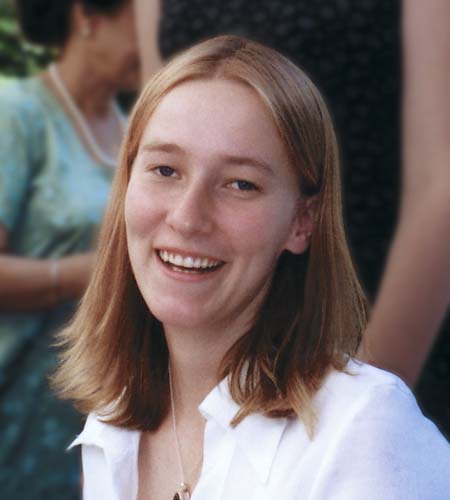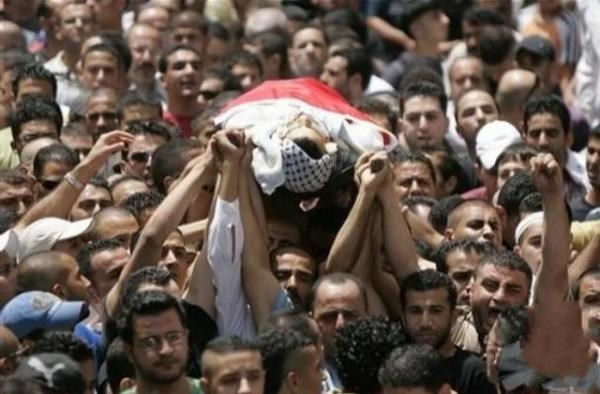Tag: Rafah
-

On the 71st week of the Great March of Return, the world forgets while Gazans remember
August 25, 2019 | International Solidarity Movement | Gaza, occupied Palestine Eleven consecutive weeks of protests in Hong Kong have captured the focus of online commentators, heads of state, and global media. In France, 39 weeks of protests by the Yellow Vests movement continues to garner widespread interest. In the US, Occupy Wall Street is…
-

Honoring Rachel Corrie
16th March 2017 | International Solidarity Movement, occupied Palestine Today, March 16th, 2017, marks 14 years since the day that Rachel Corrie had her life taken. And though her life ended early, her courageous heart and defiant spirit will be carried onward, and continue to inspire many activists now and into the future. Holding a…
-

UN report: 3 Palestinians killed, 92 displaced in a week
22nd August | The Palestinian Information Center | Occupied East Jerusalem OCCUPIED JERUSALEM, (PIC)– A report issued by the UN Office for the Coordination of Humanitarian Affairs (OCHA) showed the escalation of Israeli violations against Palestinian civilians in their occupied territories during 11-17 August, 2015. OCHA revealed that Israeli forces shot and killed two Palestinians,…
